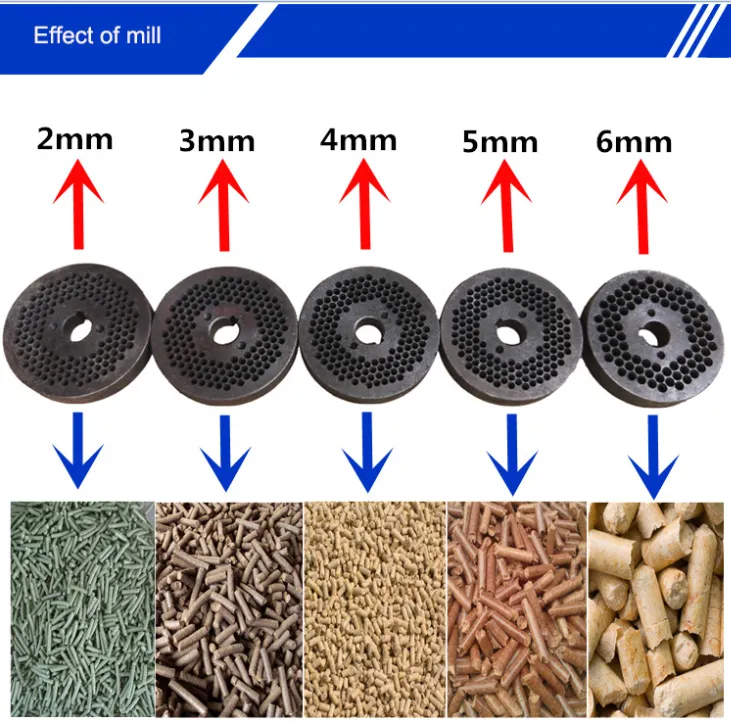Optimal Design for Pig Fattening Pens to Enhance Growth and Welfare
Dec . 13, 2024 23:42 Back to list
Optimal Design for Pig Fattening Pens to Enhance Growth and Welfare
The Importance of Pig Fattening Pens in Sustainable Agriculture
Pig farming is an essential component of global agriculture, providing a significant source of protein and livelihood for millions of people. Among the various techniques employed in pig farming, the concept of pig fattening pens plays a crucial role in optimizing growth rates, ensuring animal welfare, and enhancing the overall efficiency of pig production. This article explores the significance of pig fattening pens, their design and management, and their impact on sustainable agricultural practices.
Understanding Pig Fattening Pens
Pig fattening pens, also known as finishing pens, are specifically designed enclosures where pigs are raised from weaning until they reach market weight. Typically, this phase lasts about 90 to 120 days, depending on the breed and farming practices. The primary purpose of these pens is to provide an environment that maximizes the growth potential of pigs while minimizing stress and ensuring their well-being.
A well-designed pig fattening pen considers various factors, including space, ventilation, comfort, and hygiene. Adequate space is crucial; each pig should have enough room to move freely, reducing aggression and promoting healthy growth. Good ventilation helps maintain optimal temperature and air quality, further promoting the pigs' health and reducing the risk of respiratory diseases.
Nutritional Management
At the heart of pig fattening is proper nutritional management. Farmers must provide a balanced diet that meets the specific growth needs of pigs during this critical phase. The diet typically includes a mix of grains, proteins, vitamins, and minerals, ensuring optimal weight gain and healthy muscle development.
Additionally, the water supply must be clean and readily available, as hydration is vital for digestion and overall health. Farmers increasingly turn to technology for feed optimization, utilizing software and apps to monitor feed intake and adjust rations accordingly. This not only improves growth rates but also reduces feed waste, contributing to more sustainable farming practices.
pig fattening pen

Ensuring Animal Welfare
Animal welfare is a paramount concern in modern pig farming. Pig fattening pens must be designed to promote natural behaviors, such as nesting and socializing, while minimizing stressors in the environment. Enrichment activities, such as providing toys or rooting materials, can significantly improve the pigs' quality of life, leading to better health outcomes.
Moreover, being aware of the pigs' psychological and social needs can lead to thoughtful pen designs that reduce aggression and competition for resources. By fostering a healthy and stimulating environment, farmers can enhance both the welfare of the pigs and the quality of the meat produced.
Sustainable Practices and Environmental Impact
The pig industry faces increasing scrutiny regarding its environmental impact. Pig fattening pens, when thoughtfully managed, can contribute to sustainable farming practices. For instance, proper waste management systems can be integrated into fattening pens to minimize pollution and maximize the utility of pig manure as fertilizer. This not only reduces the environmental footprint of pig farming but also enables a circular economy in agricultural practices.
Moreover, by implementing biosecurity measures and disease management protocols within the pens, farmers can minimize the spread of pathogens, leading to healthier animals and reduced reliance on antibiotics. This approach is vital for addressing public health concerns related to antibiotic resistance.
Conclusion
In conclusion, pig fattening pens are a vital component of sustainable pig farming. They facilitate effective growth management through proper nutritional practices, ensure animal welfare, and lessen environmental impacts. As the world faces the pressures of population growth and food security, optimizing pig production through innovative practices like well-designed fattening pens will be crucial in meeting the demand for protein while promoting sustainable agricultural practices. By prioritizing both productivity and welfare, the pig farming industry can pave the way for a more responsible and sustainable future in agriculture.
-
Hot Sale 24 & 18 Door Rabbit Cages - Premium Breeding Solutions
NewsJul.25,2025
-
Automatic Feeding Line System Pan Feeder Nipple Drinker - Anping County Yize Metal Products Co., Ltd.
NewsJul.21,2025
-
Automatic Feeding Line System Pan Feeder Nipple Drinker - Anping County Yize Metal Products Co., Ltd.
NewsJul.21,2025
-
Automatic Feeding Line System - Anping Yize | Precision & Nipple
NewsJul.21,2025
-
Automatic Feeding Line System - Anping Yize | Precision & Nipple
NewsJul.21,2025
-
Automatic Feeding Line System-Anping County Yize Metal Products Co., Ltd.|Efficient Feed Distribution&Customized Animal Farming Solutions
NewsJul.21,2025






